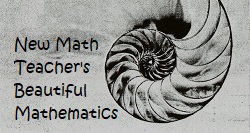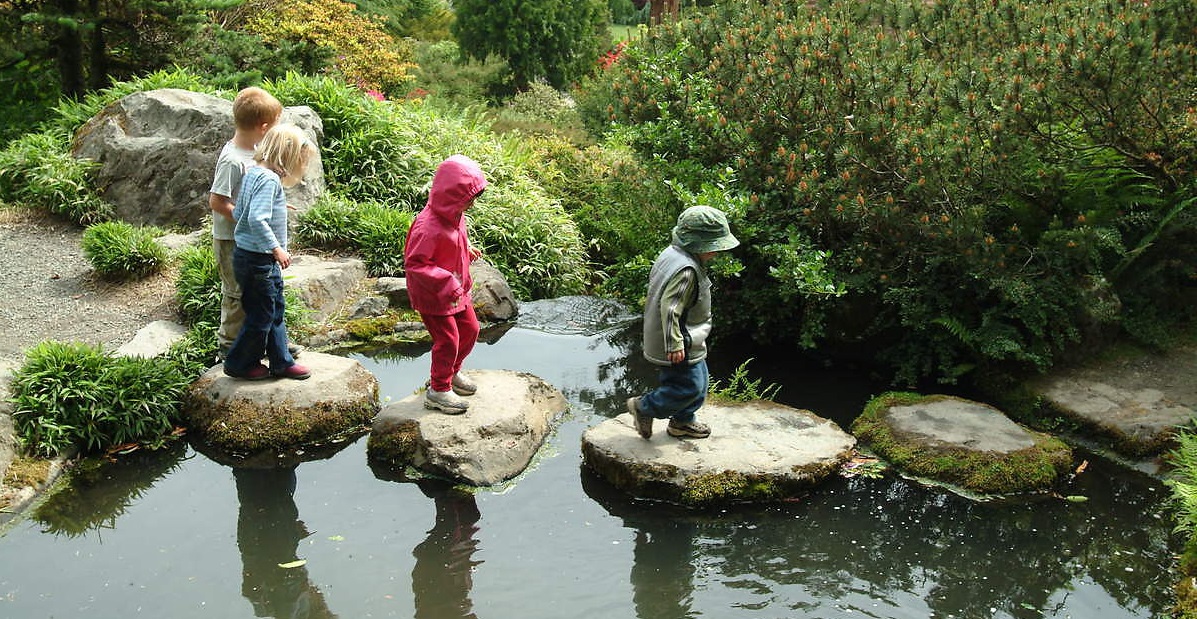How to Encourage Kindergarten Math Readiness
Michael loves preschool. Indoors, he's getting messy with sensory and pretend play while outdoors he's running, climbing, and sliding in the playground. Michael loves circle time with his friends and teachers. He's sad to leave his preschool this year, but he's excited to be moving on to "big kid" kindergarten in the fall. Mom and dad are also excited as well as a bit concerned. How can they encourage Michael's math readiness for kindergarten?
Mathematics is an intrinsic part of a young child's environment. Mathematics learning grows naturally when children are enthusiastic and curious about their environment. The California Preschool Learning Foundations identify five strands that determine kindergarten math readiness: Number Sense, Algebra and Functions, Measurement, Geometry, and Mathematical Reasoning.
Number Sense refers to concepts of numbers and their relationships. This strand incorporates counting skills, quantities, comparing, part-whole relationships, and a basic understanding addition and subtraction operations.
So many games that parents play with their kids promote number sense: board games with spinners or dice, dominoes, number blocks, and cards or puzzles with numbers are but a few. Many children's books deal with numbers and counting such as Chicka Chicka 123, Zero and One. Songs like "Five Little Monkeys", "Five Green and Speckled Frogs", and "Five Little Ducks" develop basic counting skills. More ideas include counting coins for purchases at the store, counting plates and cups when setting the table, or dividing the number of cookies on a plate into two equal groups for sharing with a friend. Questions to encourage number sense include "How many quarters do you have? Which cup has more milk? Which house has fewer windows? If you have 2 crackers and share one with a friend, how many are left? If you have 3 blocks and I give you 2 more, how many will you have?”
Algebra and Functions involves the development of algebraic thinking and reasoning. This strand includes the ability to arrange and classify objects by some characteristic and to recognize, create, and expand patterns.
Parents can incorporate many different tactile manipulatives to practice algebraic thinking. Grab some coins and group all the pennies, nickels, dimes, and quarters. Use different colors of beads to create a pattern. Collect leaves on a nature hike and sort by shape, size, or color. Vary the volume of sound with shakers and cymbals (loud-soft-soft, loud-soft-soft) or use different sounds (shake-ring-crash, shake-ring-crash) to create a pattern. Clapping or jumping out patterns is a fun way to burn off energy. Repetitive songs like "The Wheels on the Bus", "Old MacDonald", or "BINGO" and repetitive stories like Brown Bear, Brown Bear What Do You See form patterns that develop algebraic thinking.
Measurement involves comparing, ordering, and measuring things. This strand includes the ability to measure and arrange objects by length, height, weight, or capacity and to use comparison vocabulary.
Baking, sewing, gardening, grocery shopping, and mailing packages all involve measurement. Visits to the dentist or doctor are also great times to talk about measurements. Demonstrate how to use a scale to measure weight, a yardstick to measure height, and a thermometer to measure temperature. A great way to practice comparing measurements is to create a game. Children find objects around the house, yard, or playground that are "shorter than", "larger than", or "heavier than" a given object.
Geometry relates the study of shapes and spatial relationships. This strand focuses on identifying and constructing different shapes as well as labeling positions in space.
Traffic signs are a great way to incorporate geometry while on a drive. Parents can point out signs and say "Hey, check out that yellow sign. What shape is it?" or "We're at a red stop sign. How many sides does it have? Yes, an eight sided shape is called an octagon. Do you see any more stop signs?" The game I Spy is a great way to encourage shape recognition as well. Children search for objects around the house, yard, or playground that are all of a certain shape. While finding objects, use spatial words to explain position and direction such as “That circle clock is right behind you", "The rectangular book is on the bed”, or “The diamond kite is under the table”.
Mathematical Reasoning involves learning and developing mathematical knowledge in all areas of mathematics. This strand incorporates the ability to reason and apply mathematical abilities to solve problems in the real world.
Parents can ask lots of "how" questions related to common situations: How many more place mats do we need around the table? How can we divide these peas equally among the three of you? Can you estimate how many spoonfuls it will take to finish your bowl of cheerios? Children need to be encouraged to think. Parents can think aloud, model solutions, listen to children’s thoughts, and guide children through problem solving techniques.
Remember, math learning grows naturally when children are enthusiastic and curious about their environment. Keep the learning fun and make math readiness a part of your family's everyday routines.
For parents considering a math tutor, visit our math tutoring page.
Photo Credit: Seattle Municipal Archives
California State Educational Sources:
http://www.cde.ca.gov/sp/cd/re/cddpublications.asp http://www.cde.ca.gov/sp/cd/re/documents/preschoollf.pdf http://www.cde.ca.gov/sp/cd/re/documents/psframeworkkvol1.pdf
New Math Teacher
New Math Teacher boasts an enthusiastic team of passionate lifelong learners who love to grow that passion in others as well. Our curriculum specialists love to post creative and engaging ideas about math education and learning. We welcome helpful feedback and constructive criticism.


Math might not be as sexy as other school subjects, but the earlier kids get it, the better their long term results.